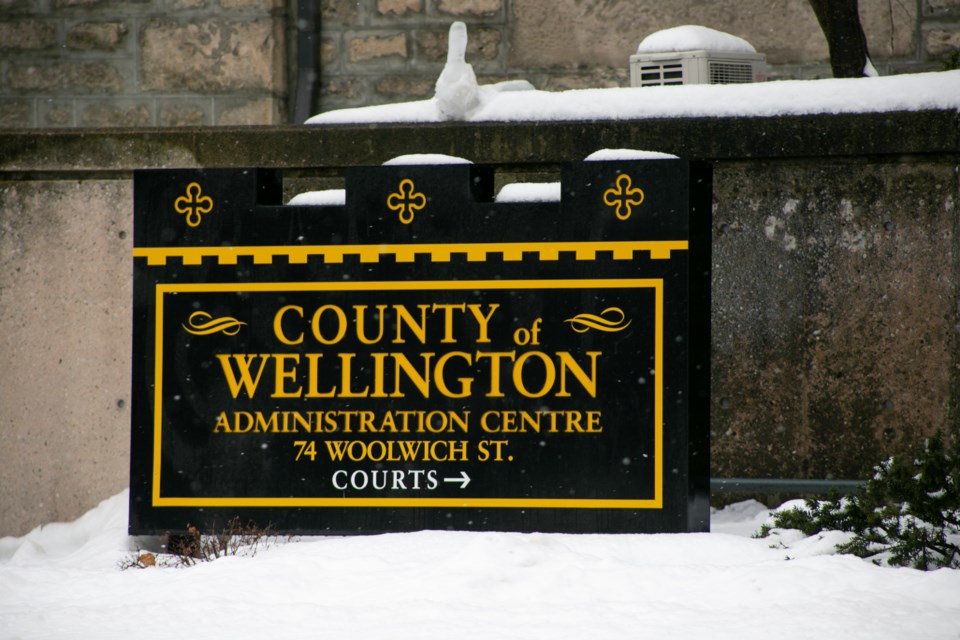GUELPH – Due to struggles with often-changing provincial policies over the past 30 years, rural municipalities in Ontario have had to “do more with less” according to a study done by the University of Guelph.
A recent report by professor Ryan Gibson and rural studies PhD student John Dale titled Do more, with less: The realities of local government in rural Ontario examines the challenges and impacts faced by rural municipalities from the “ebbs and flows” of policy changes from different provincial governments since 1990.
It noted over the past 30 years, responsibilities, mandates and activities of local government have undergone substantial transformations.
The report pointed to the Common Sense Revolution as a radical tipping point, as well as impacts from amalgamation, inconsistent funding, downloading responsibilities onto municipalities and the province’s shift from traditional public administration towards something resembling closer to the private sector.
“The outcomes have necessitated difficult planning by rural local governments to navigate new responsibilities with limited human and financial capacities,” the report stated. “Operating in the policy landscape of ‘do more, with less’ has required rural local governments to experiment with new responses and strategies.”
This research included interviewing staff and elected officials in eight rural communities, including from Wellington County.
“We interviewed everyone from mayors, deputy mayors, councillors, planners, economic development officers, there might be a town clerk in there somewhere,” Dale said in a phone interview.
While Dale noted no two municipalities are exactly the same, the study showed some common challenges like infrastructure pressures, housing, economic development, local government restructuring and collaboration, and fiscal levers.
“It seems like they’re almost kind of left to their own devices with very few inputs and, at least historically speaking, uploading and downloading of responsibilities that shift and the use of these inputs which they can use to actually function and even then they are kind of limited in what they can and cannot do,” Dale said.
This has led to some interesting partnerships out of necessity to do things like fix infrastructure, Dale explained, for example collaborating with other municipalities, Indigenous nations or the private sector to cut costs.
“It’s largely something that’s done out of the fact that some of these places, not necessarily all, at least on reasonable ground have a limited pool of resources,” Dale said.
As determined in the study, Dale stressed some financial woes rural municipalities face when it comes to infrastructure renewal has roots in provincial policy.
For example, the study noted amalgamation was intended to create efficiency and cost savings for taxpayers but may have ultimately been ineffective in its intended purpose and disproportionately impacted rural areas.
“I remember talking to one gentleman, he was discussing how their local government had three arenas from pre-amalgamation and you have to make some interesting decisions sometimes when you have these resources,” Dale said. “What do you put your money into? What do you tear down? Where do you build the facilities? Even from something 25 years ago, there’s still ebbs and flows and tides that are being felt.”
Dale couldn’t predict what the next 30 years would have in store for rural municipalities but hoped research like this can assist officials as they advocate for themselves and make the argument for what changes might benefit local government.
“We’ve gotten a lot of response from policy makers reaching out for copies of our article, so we luckily met our demographic,” Dale said, noting feedback is always appreciated.
This study is part of a national research project involving data collection in Alberta, British Columbia, Newfound and Labrador ongoing until 2025.



